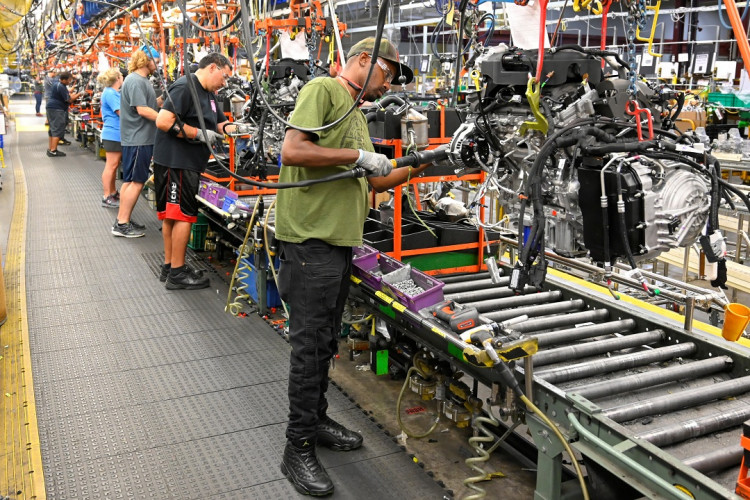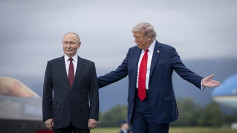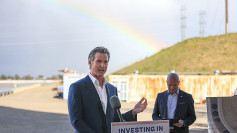In a significant turnaround after four decades of diminishing influence, the United Auto Workers (UAW) union recently struck groundbreaking labor deals with Detroit's Big Three automakers: Ford, General Motors (GM), and Stellantis. While this momentous agreement marks a win for workers, it also intensifies the pressures on traditional automakers as they navigate the transition from gasoline to electric vehicles.
Historic Turn for UAW
For auto unions in the U.S., this deal signals a monumental shift. Previous concessions by autoworkers, dating back to 1979, were aimed at helping automakers like Chrysler avoid bankruptcy. However, the current agreements, which came after a nearly seven-week strike, change this narrative. UAW President, Shawn Fain, was vocal about the union's triumphs, stating during a Facebook Live chat, "I no longer see a union in decline."
Among the deal's most notable inclusions are an immediate 11% wage raise, massive hikes for the lowest-paid workers, and a crucial elimination of the divisive two-tier worker structure. These changes mark a significant departure from past contracts, such as in 2009, where concessions increased due to the financial crisis.
Challenges for the Electric Vehicle Transition
While the UAW deals offer hope to workers, they also raise concerns for the Detroit Three's electric vehicle (EV) ambitions. High labor costs could impede investments in the EV sector, especially when buyer enthusiasm seems tepid due to the comparatively high EV prices. They're up against stiff competition from Tesla, a non-unionized entity that has been consistently reducing its model prices. As Rob Handfield, a business professor at North Carolina State University, questioned, "When you have higher labor costs, does it change your ability to invest?"
Additionally, there's a geopolitical dimension to consider. President Joe Biden's bid to increase the number of EVs on American roads faces challenges from overseas, particularly China, which currently dominates the global supply of materials essential for electric car batteries. The forthcoming rules from Biden's Treasury Department on the U.S. ban regarding Chinese battery parts and minerals could heavily impact EV makers and consumers alike. Moreover, the lack of a substantial supply chain for critical minerals like lithium and nickel in North America complicates matters.
The Winners and the Losers
Shawn Fain emerged as a clear victor from these negotiations. His assertive stance against the automakers, combined with his savvy use of public platforms, solidified his image as the face of this success. On the other side, the Detroit Big Three faced substantial financial setbacks due to the UAW strikes. Both GM and Ford reported losses of $800 million and $1.3 billion, respectively. Meanwhile, investors also felt the sting with shares for Ford, GM, and Stellantis dropping since the strikes began.
These developments also come with implications for non-unionized entities. Companies like Tesla and Rivian may need to recalibrate their pay structures to stay competitive. The slower rollout of EVs from traditional automakers could grant Tesla an extended window to consolidate its market position.
Politically, President Biden might come out as a winner from these developments. His decision to walk the UAW picket line might bolster his claim of being the "most pro-union president in American history." Such a move could earn him crucial votes in the upcoming 2024 presidential elections.
The Future of EVs and Labor Relations
While UAW members are largely the beneficiaries of the new deals, the real winners and losers will be determined by the industry's ability to adapt and innovate in the ever-evolving EV market.
The extensive labor negotiations and resulting agreements underscore the challenges traditional automakers face in a rapidly transforming industry. As the UAW looks to expand its influence beyond the Big Three, the industry's next chapter will hinge on the delicate balance between labor rights and the electric future.






